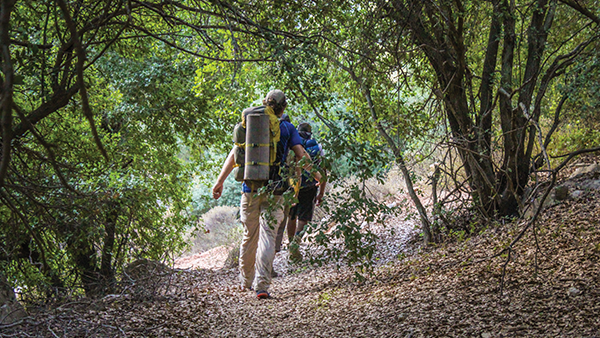Madaba
Al Thuraya Travel & Tours
ATTRACTIONS
Madaba is a combination of rural home life and a hot spot for religious tourism. Known as the “City of Mosaics”, Madaba is the cultural epicenter for Byzantine and Umayyad mosaics. Just a short distance from the capital, visitors are just a stone's throw away from the holy monuments of religious iconography.
mount nebo
Mount Nebo is the highest point in the ancient Kingdom of Moab, referenced in Abrahamic texts as the site of Mount Nebo this township was first inhabited by a Christian nomadic tribe in the 4th century. Explore your religious roots in the religious town or visit Mt. Nebo where it is believed that Moses died as he viewed the Holy Land. “And Moses went up from the plains of Moab to Mount Nebo, the top of Pisgah, which is opposite Jericho.” (Deuteronomy 34:1).
On a clear day there is a magnificent panoramic view over the Dead Sea and the Jordan Valley with the towers of Jerusalem visible on the skyline.

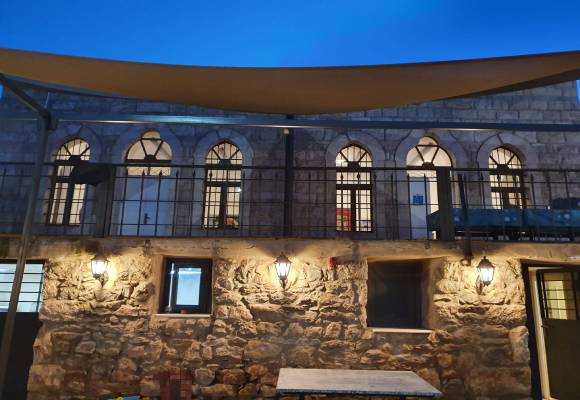
beit al beiruti
Beit Al Bieruti is distinguished by its ancient architectural style, as it is a heritage house built back a hundred ago, and through the tourists experience in Beit Al Beiruti, they will enjoy unparalleled tourism experiences, as it is an arts and crafts store, in addition, It is full of interactive activities, including educational and entertainment activities.
Providing local Experiences as a part Ecotourism definition, as a ‘responsible travel that conserves the environment and improves the well-being of local people’.
Cultural and Heritage experiences benefit local communities and destinations culturally and economically and it is about uniting conservation, communities, and sustainable travel. This could be considered as the competitive advantage of Al Bieruti
machaerus / mukawir
Dramatically situated in the hills south-west of Madaba, and overlooking the Dead Sea the fortress of Machaerus lies near the village of Mukawir traditionally associated with the imprisonment and execution of John the Baptist.
An earlier fortress was built there by the Hasmonaean ruler Alexander Jannaeus (103-76 BC) to defend his eastern territory of Peraea against the Nabataeans. So impregnable was it thought to be that Jannaeus’ widow and heir, Alexandra, stored her treasure there, but the site proved not to be inviolable — in 57 BC, ten years after Alexandra’s death, when the region had descended into civil war between her two sons, the Romans asserted control and seized this strategic fortress, virtually demolishing it in the process.
In 37 BC the Roman senate proclaimed Herod (later called ‘the Great’) king over the people and lands of his Hasmonaean predecessors. Machaerus was rebuilt by Herod both as a palatial and secure summer residence and also as a defense against the neighboring Nabataeans.
This area fell to Herod Antipas. Some 30 years later Antipas divorced his wife (a Nabataean princess, daughter of Aretas IV) to marry Herodias, wife of his brother Philip. His rejected wife made her way to Machaerus, then across the nearby border with Nabataea and from there, under the protection of the Nabataean army, she went south to her father’s capital at Petra.
John the Baptist, who had so outspokenly condemned Antipas’ divorce and remarriage, also came to Machaerus – but as a prisoner. It was here that Herodias’ daughter Salome danced and, at the instigation of her mother, demanded the Baptist’s head on a charger.
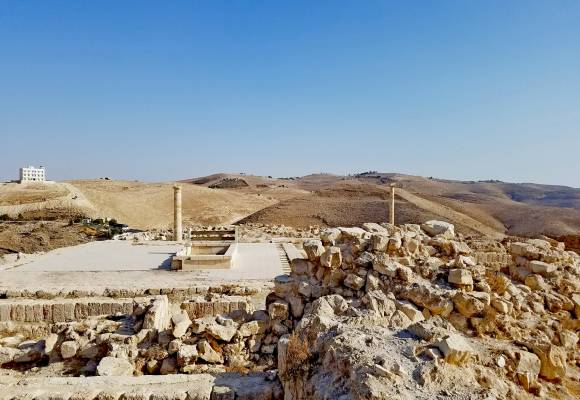
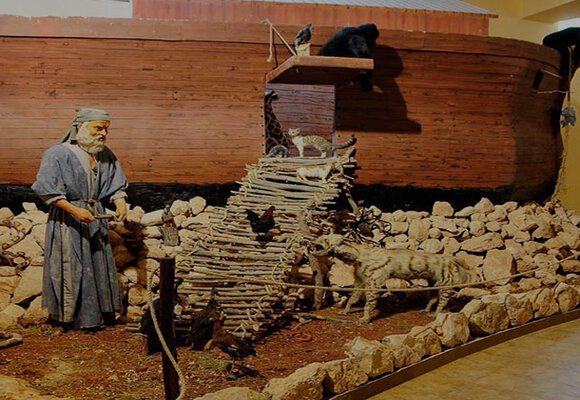
la storia museum
Stumble upon the recreation of Jordan’s biblical history at the La Storia Museum in Mount Nebo. Bring religious history to life with sculptures of ethnographic scenes designed to place you in the heart of biblical time.
madaba visitors’ center
Nestled into a renovated house from the 19th century the Madaba Visitors Center is an attraction all on its own. Acquired by The Ministry of Tourism and Antiquities, the center is a great launching point for visitors arriving to Madaba. Open 7 days a week, including holidays, the visitors center is more than equipped to prepare you for your journey into the land of mosaics and religious history.
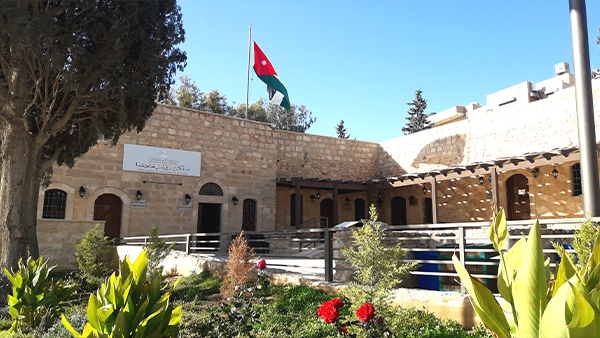
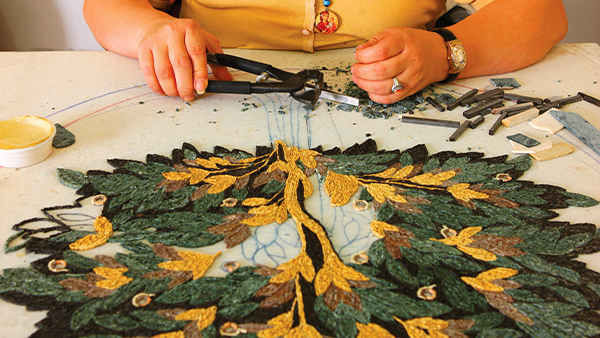
madaba institute for mosaic art
Certified in training artists in the restoration of mosaics, the Madaba Institute for Mosaic Art offers a two-year diploma program for the vocational training of mosaic restoration.
tourist street
While visiting Madaba stop by Hussein bin Ali St or “The Tourist Street” to purchase handicrafts and products specific to the mosaics and religious iconography found in Madaba.
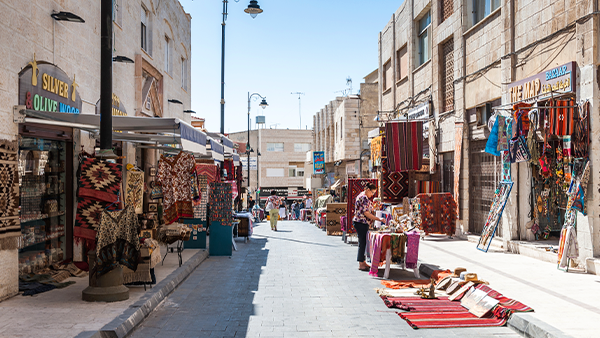
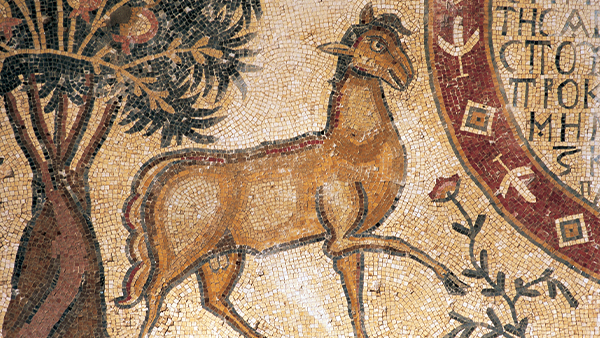
umm ar-rasas
With most of the city now in ruins, Umm ar-Rasas, originally inhabited by the Romans to protect trade routes from the Arabian Peninsula to the Levant, is now an archeological site perfect for those who love history. Listed on the UNESCO World Heritage list in 2004 because of its diverse Roman and Islamic influences, this site is sure to please.
wadi zarqa ma’in
Falling from the high cliffs the waterfalls of Zarq’a Ma’in are a sneak peek into heaven. Visitors to the Zarq’a Ma’in hot springs will be treated to landscapes similar to the tropical atmosphere of South American countries. Bring your trekking shoes and enjoy the hike.
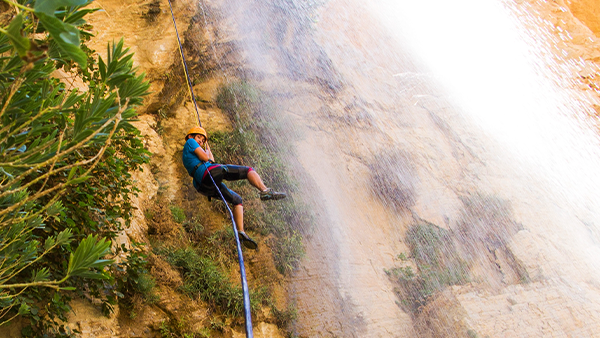
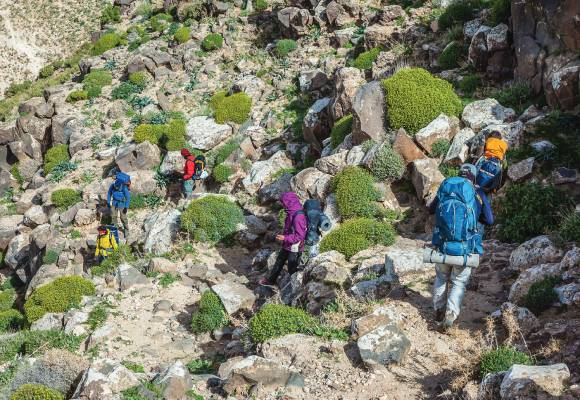
wadi mujib – balou trail
Wadi Balou’ is one of Jordan’s hidden secrets. With black and white stones covering the Wadi’s bed and mix of sediment rock and limestone on the walls the trek is absolutely unique. Dropping into Mujib Dam, this canyon is a proper example of pure canyoning with 3 rappels , pools , slides and jumps.
wadi hidan
Wadi Hidan is a black, narrow basalt canyon that feeds into the Dead Sea. The trek follows a ravine through natural pools and vegetation. Expect to get wet.
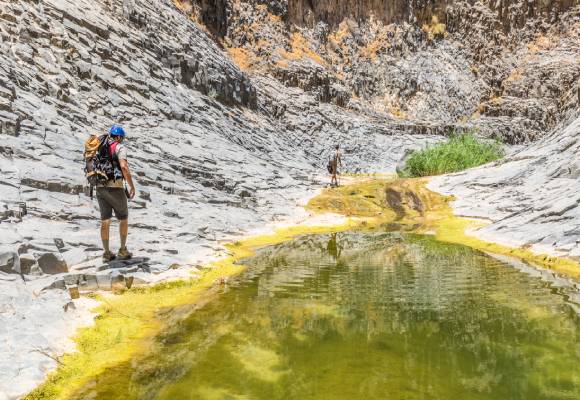
bani hamida women’s weaving project
The Bani Hamida Women’s Weaving Project, originated by the Save the Children Federation in 1985 and merged into the Jordan River Foundation in 1998, revived traditional Bedouin rug weaving, helping to maintain the social fabric of the Makawir area.
Older women in the community were eager to pass on rug-weaving techniques to younger generations. Today, women in 13 villages keep this tradition alive, while contributing to the betterment of the quality of life of their families.
Using home-made ground looms and wooden spindles, the project rejuvenated the unique warp-faced flat weave in pure wool, along with the colours and particular designs representing Jordan’s unrivalled traditional rug making.
The rugs were an instant hit when they were commercially introduced and have created a unique image for the Bani Hamida Mountain and its women. As the project grew throughout the years, it has become the largest and most famous rug weaving project in Jordan and the neighboring countries.
Since its inception, the project employed 24 full-time employees, benefited over 1650 wage-based women and over 1.5 million Jordanian Dinars have been paid to spinners, weavers and dyers who have produced the superior quality pure wool rugs that travel the world with a “Handmade With Pride by Bedouin Jordanian Women” ticket.
The impact of the project on these women and their community could be clearly seen in their homes, their health and their children’s education who are now able to earn their university degree. Women have become independent, confident and are socially accepted as working women.
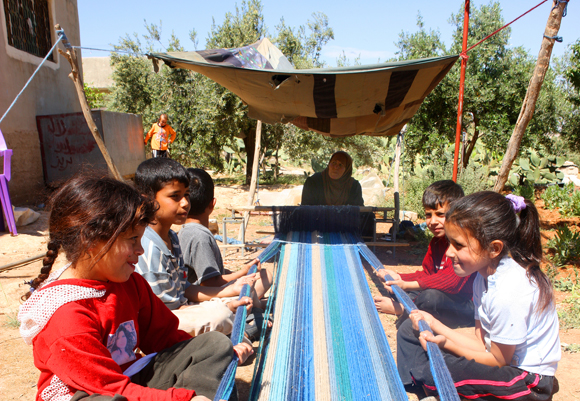
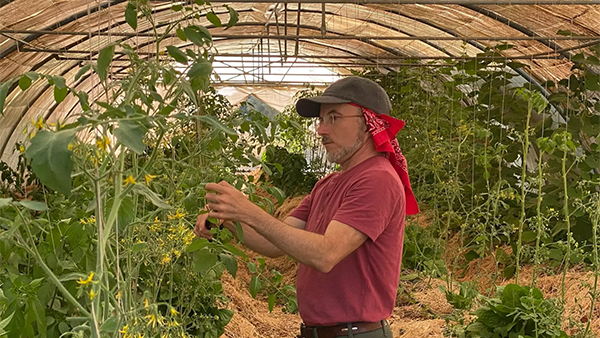
permaculture farmer for a day
Indulge in natural farming and hands-on farming activities at Carob Farms. Learn how the farmers are working with nature to combat climate change, and transforming a dry piece of land into a diverse food production system.
weaving basics in madaba
An essential tranditional element of Bedouin heritage, and a process that created products ready for market, weaving has always been one of the activities representing the talent, creativity, and skillfulness of self-made professional Jordanian women. Join Sit Halima in a workshop where you witness, with an eye for detail, the magic behind many personalized mats, wall hangings, coasters, and pouches!
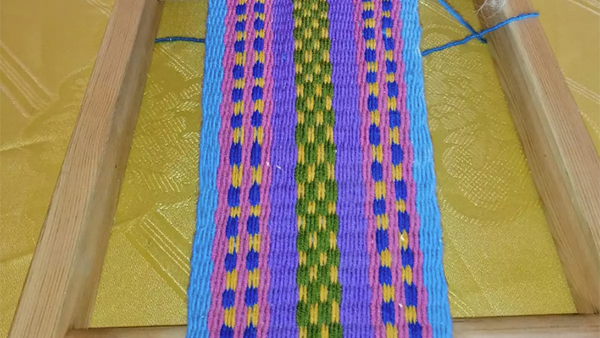
iraq al-ameer to wadi zarqa ma’in
Iraq Al-Ameer to Wadi Zarqa Ma’in
Here you leave the more northern regions and Amman behind and head towards the Dead Sea. Walk past the ancient palace of Iraq Al-Ameer before descending along the spectacular King Hussein’s Rally Road to the Jordan Valley. The climate and scenery changes as the Dead Sea looms from a plateau and Bedouin camps scatter the path. The trail now follows a roman road, encountering basalt cliffs and Wadi Zarqa Ma’in with its year-round stream.
Total Length: 58.8 KM Days: 3 Hiking days
Main sites in the region:
– Fuhais
– Iraq Al-Ameer, Qaser Al Abed and Burial Caves
– Iraq Al-Ameer Women’s Cooperative
– Mount Nebo
– Roman Road
– The Dead Sea canyons of Wadi Zarqa Ma’in and Wadi Wala
